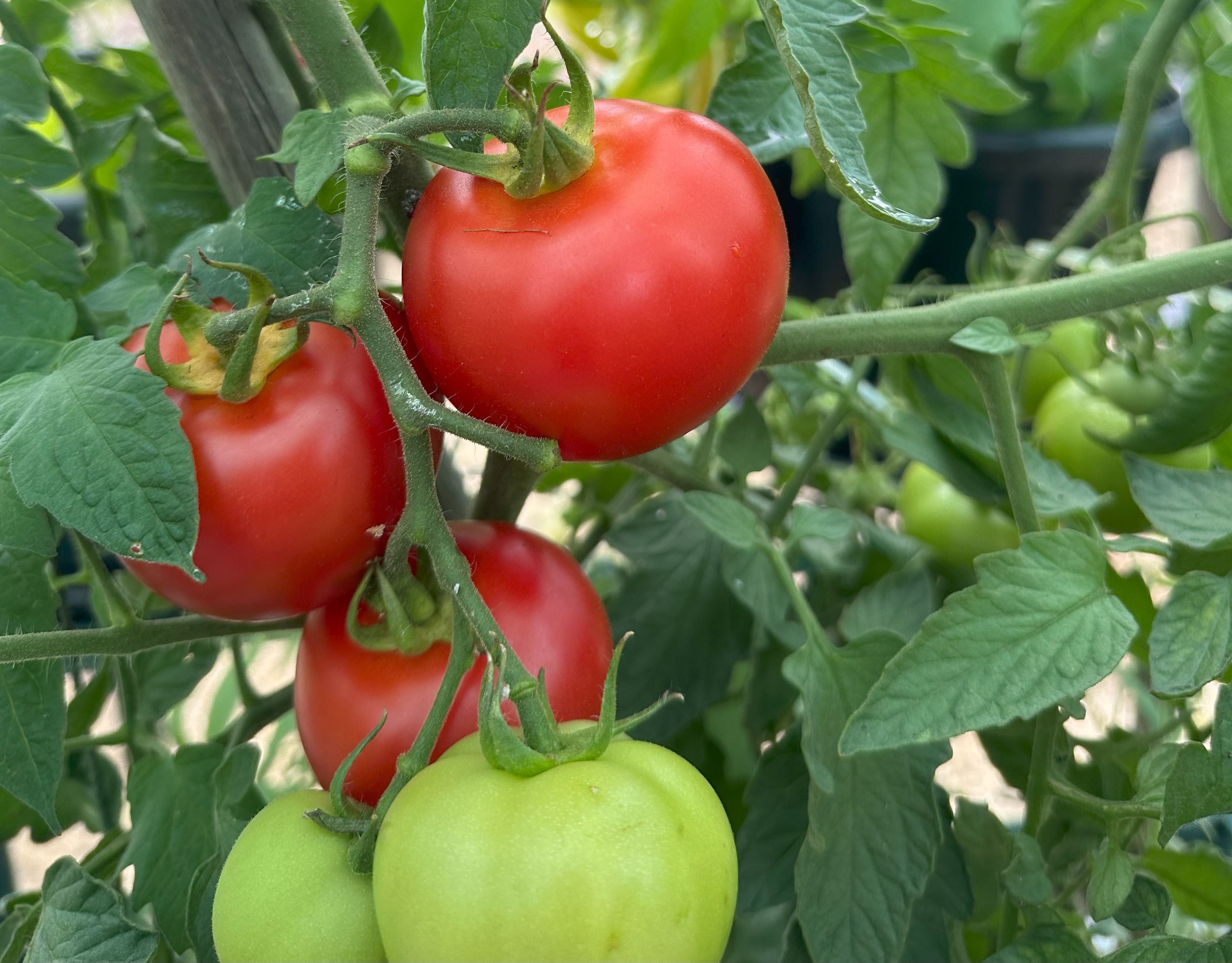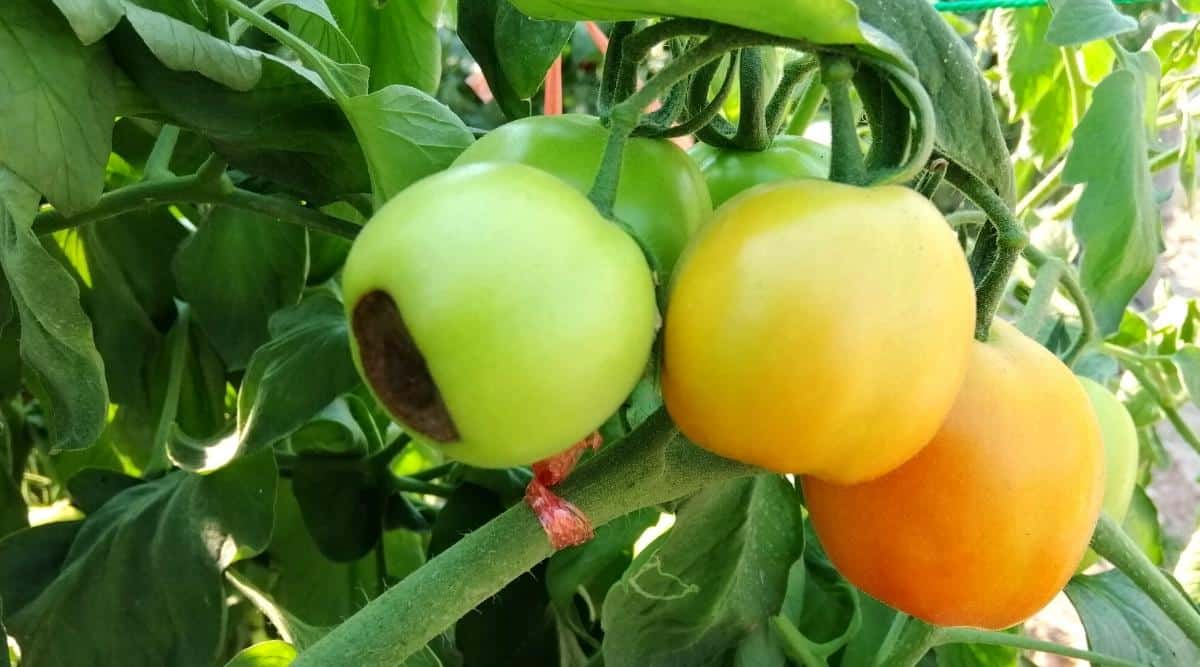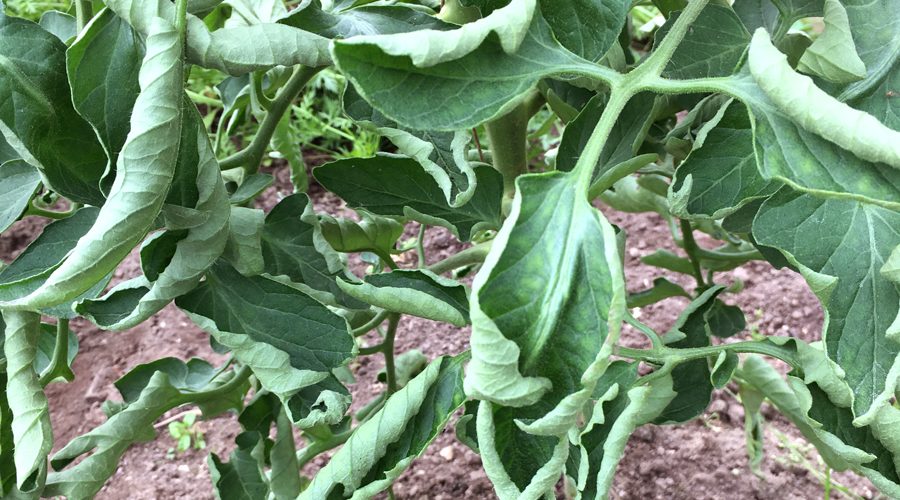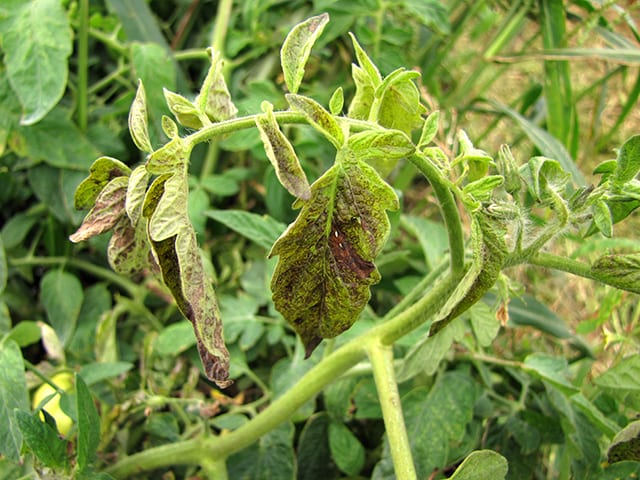Welcome to the wonderful world of growing tomatoes in Tasmania, where the air is crisp, and the excitement for homegrown tomatoes is always in the air! While cultivating these flavorful delights can be a joyous experience, we do acknowledge that challenges may sprout along the way. Fear not, fellow tomato enthusiasts, for in this cheerful blog, we'll embark on a tomato adventure, navigating through the common hurdles like blossom end rot, septoria, leaf curl, and wilt.

Think of it as a tomato treasure hunt! Unearth the causes, embrace the quirks, and, most importantly, discover the solutions that will turn your tomato-growing journey into a sun-kissed success. So, buckle up for a lighthearted exploration of these tomato tribulations, and let's ensure that the only thing ripe for the picking in your garden is a bountiful harvest of delicious tomatoes this Summer! ?
Blossom End Rot:
Blossom end rot is a common issue that plagues tomato plants, leaving gardeners frustrated as they watch the bottoms of their tomatoes decay and turn brown. This condition is caused by a calcium deficiency.
To combat blossom end rot:
- Maintain consistent watering
- Ensure that your tomato plants receive a steady and adequate water supply to prevent calcium fluctuations.
- Mulch around plants: mulching helps retain soil moisture and regulates temperature, creating a stable environment for calcium absorption.
- Add calcium to the soil using liquid Eco lime for more immediate results

Septoria:
Septoria leaf spot is a fungal disease that affects tomato plants, causing small, dark spots with white centres to appear on the leaves. This disease thrives in warm and humid conditions.
To manage septoria:
- Prune affected leaves especially around the base of the plant which are close to the soil
-Remove badly infected leaves promptly to prevent the spread of the fungus, be sure to santise your secateurs
- Apply tomato dust or a copper spray- This low toxic control will help reduce the spread of disease.
- Avoid overhead watering

Tomato Leaf Curl:
Tomato plants may experience leaf curl, especially during periods of extreme heat and dryness. This physiological response is the plant's way of conserving moisture.
To alleviate leaf curl:
- Provide adequate water: water your tomato plants deeply and consistently, especially during hot and dry spells.
-Apply a wetting agent to hydrophobic soils
- Shade plants: use shade cloth or other protective coverings to shield plants from excessive heat and sun.

Wilt Virus:
Wilt, often caused by bacterial or fungal pathogens, can lead to the sudden wilting of tomato plants. Fusarium and Verticillium wilt are common culprits.
To manage wilt:
- Rotate crops: practice crop rotation to minimize the risk of soil-borne pathogens.
-Choose resistant varieties: opt for tomato varieties that are resistant to specific wilt-causing pathogens.
-Destroy infected plants and practice goof hygiene to avoid spreading from plant to plant
-Avoid planting tomatoes back in infected soil for several years

Conclusion:
Achieve vibrant tomatoes with our essential tips: Combat issues like blossom end rot and septoria through vigilant care. Address problems such as leaf curl and wilt proactively. Ensure to fertilise with a potassium enriched tomato fertiliser once fruit has set and apply Neutrog Popul8 for the best tomato plants in the street!
Happy gardening!

